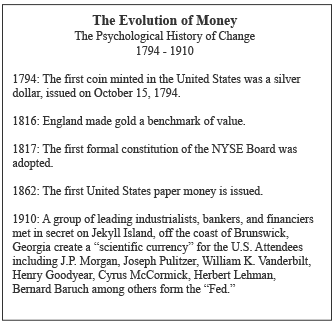THE STIGMA OF USURY
 Consider the concept of money lending, perhaps the greatest engine for growth ever conceived.
Consider the concept of money lending, perhaps the greatest engine for growth ever conceived.
As far back as the ancient Sumerians and Greeks, the borrowing of goods in exchange for a return enhanced by a premium was practiced, as they lent each other cows that were later given back along with a new calf, as payback, after the birthing season. In fact the word for interest and calf was the same in these ancient cultures.
Ancient Babylonians spoke of charging excessive interest rates for the poor as early as 1800 B.C.
However, many cultures, especially theocracies guided by religious leaders, prohibited the practice of benefitting through the charging of interest.
 For instance, the First Council of Nicaea in 775 forbade clergy from engaging in usury, which meant, at the time, interest of any kind, and the canon merely forbade the clergy to lend money on interest above one per cent per month. Later ecumenical councils applied this regulation to the laity.
For instance, the First Council of Nicaea in 775 forbade clergy from engaging in usury, which meant, at the time, interest of any kind, and the canon merely forbade the clergy to lend money on interest above one per cent per month. Later ecumenical councils applied this regulation to the laity.
It would take centuries for such prohibitions to be relaxed, as the image of the lecherous money lender was etched in the collective conscious. Here was an individual who did not produce physical commodities or provide any service beyond trading in providing credit.
For a culture where there were no checking accounts or credit cards, where you were measured on your ability to produce something
Tangible of value, the business of making money through lending was cast in a negative light.
Read Part Five of this 7 part series next week.
To contact Christopher Bayer directly, please email Christopher.Bayer@TheShareholderActivist.com.








